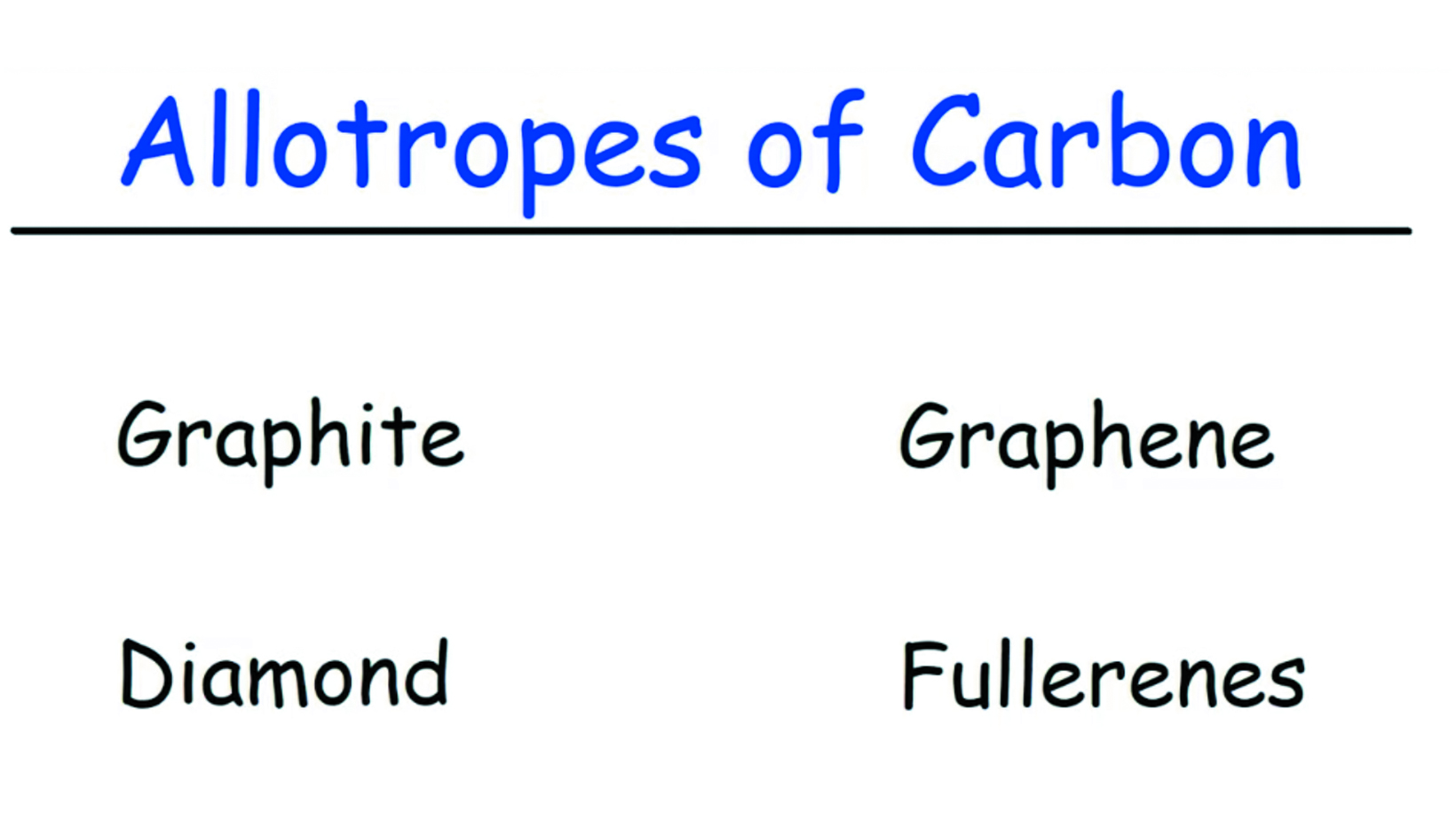A soil test involves the process of analyzing a sample of soil to determine its characteristics and quality. Scientists, farmers, turf caretakers, gardeners, and agricultural experts are all know to conduct soil testing. Assessing fertility, pH levels, nutrient content, and composition, are common reasons for conducting soil testing.
Soil Testing
Specifically, the benefits achieved by regular soil testing are numerous. Let’s take a deeper look!
The benefits of a soil test include:
1. Fertility assessment: Soil testing helps identify the nutrient levels in the soil, including nitrogen, phosphorus, potassium, and micronutrients. This information helps farmers and gardeners determine the amounts and types of fertilizers needed to optimize plant growth.
2. pH level determination: The pH level of soil indicates its acidity or alkalinity, which can greatly influence plant growth. Soil analysis can determine the best suited crops and soil amendments.
3. Soil composition analysis: Soil testing provides valuable information about the composition of the soil, such as its texture (sandy, loamy, clayey), organic matter content, and water-holding capacity. This helps in selecting appropriate management practices, including irrigation and drainage.
4. Contaminant identification: Soil testing can detect the presence of harmful contaminants such as heavy metals or pesticides. This is important for environmental and health assessments, especially in areas near industrial sites, waste management facilities, or agricultural areas.
5. Disease diagnosis: Soil testing can help diagnose plant diseases caused by pathogens present in the soil. This information is crucial for developing effective disease management strategies and preventing crop loss.
The process of soil testing typically involves collecting soil samples from several different areas. Samples are sent to a laboratory for analysis, where specialized tests are conducted to assess various soil parameters. Subsequently, the laboratory report provides detailed information on the soil’s characteristics and recommendations for soil amendments and/or management practices to improve its quality.
Greensmiths Soil Test
Soil tests can be difficult to navigate and often, results do not seem to change, even when adjustments have been made. Greensmiths, Inc. has developed a soil test that is very simple to do and understand. Finally!
Firstly, you take your soil samples the same way you always have. Pulling samples from several different locations.
Send them to:
Servi-Tech Labs
1816 E. Wyatt Earp
Dodge City, KS 67801
You can visit their website here: Website
Request that they do a “Greensmiths Test.” Results typically take 2 weeks. Additionally, Greensmiths will also receive a copy of your test. Within a few days one of our specialist will contact you and help with any questions that you may have concerning your testing results. They will also make recommendations on products that may be considered, based on your goals.
The Greensmiths Difference
What is the difference between a standard soil test and Greensmiths Test?
To demonstrate, a standard soil test is done by using a strong acid to extract what is in the soil out of the soil. On the other hand, Greensmiths uses water to extract the nutrients out of the soil. Is this more accurate? When you water, do you water with a strong chemical or do you water with water? Of course you water with water!
Why look at what is being released by acid?
Why not look at what is being released by water?
When you use a water extraction test you can see what you’ve done from the following year. This makes it an easy way to balance your soil. See what your roots see.
Once you can look at your soil test and see what changes you have done over a growing season, it is easy to see the results of your efforts. You can see areas that have improved and areas that need more work. By increasing your applications in the areas needed you will achieve a more consistent green throughout your property.
To summarize, understanding your testing results is key to correcting any problems you may have. It is also pivotal in improving each season.
Review our website to learn more and ask for Greensmiths products by name.




